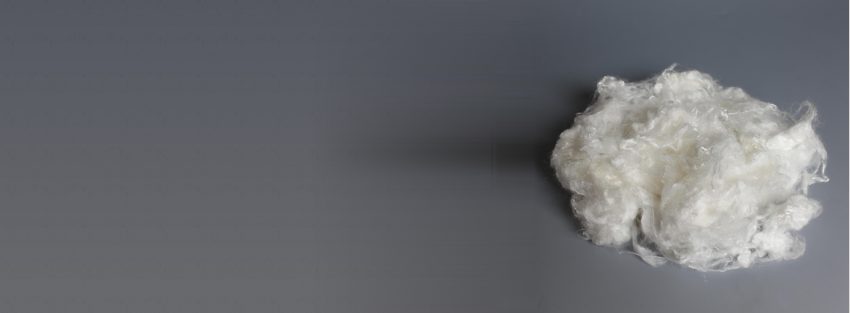The global Viscose Staple Fiber Market is estimated to be valued at USD 12.34 billion in 2022 and is expected to exhibit a CAGR of 4.3% over the forecast period 2023 to 2030, as highlighted in a new report published by Coherent Market Insights.
Market Overview:
Viscose staple fiber is a type of regenerated cellulose fiber manufactured from wood pulp or cotton linters. It is widely used in the textile and apparel industries for manufacturing a variety of fabrics, including clothing, home textiles, and industrial textiles. Viscose staple fiber is known for its excellent drape, luster, and softness, making it a popular choice among both manufacturers and consumers. The global Viscose Staple Fiber Market Demand is driven by the growing demand for eco-friendly and sustainable textile materials. With increasing environmental concerns and regulations, consumers are opting for natural and biodegradable fibers like viscose staple fiber, which is derived from renewable sources. This has led to a surge in the demand for viscose staple fiber in recent years. Additionally, the growing fashion industry and changing consumer preferences towards comfortable and breathable clothing also contribute to the market growth.
Market Dynamics:
1. Driver: Increasing demand from the textile and apparel industries
The textile and apparel industries are the primary end-users of viscose staple fiber. With the rising population and growing disposable income, there is an increasing demand for clothing and home textiles, driving the demand for viscose staple fiber. Moreover, the trend of fast fashion and e-commerce has further accelerated the demand for affordable and trendy clothing, boosting the market growth. Viscose staple fiber offers several advantages in terms of comfort, breathability, and draping quality, making it a preferred choice for various applications in the textile and apparel industries.
2. Opportunity: Growing popularity of sustainable and eco-friendly fibers
In recent years, there has been a significant shift towards sustainable and eco-friendly fibers in the textile industry. Viscose staple fiber is considered a sustainable option as it is derived from renewable sources and has a lower environmental impact compared to synthetic fibers. With increasing consumer awareness about sustainable clothing and the desire to reduce their carbon footprint, the demand for viscose staple fiber is expected to witness significant growth. Manufacturers are also investing in research and development to develop innovative and sustainable viscose staple fibers, providing an opportunity for market expansion.
Segment Analysis:
The viscose staple fiber market can be segmented based on type, application, and region. By type, the market is divided into regular viscose fiber and high wet modulus viscose fiber. Regular viscose fiber dominates the market due to its affordable cost and wide range of applications. By application, the market is segmented into textiles, healthcare, automotive, and others. Textiles account for the largest share in the market, driven by the demand for clothing and home textiles.
PEST Analysis:
Political: The political scenario plays a crucial role in the Viscose Staple Fiber market Size And Trends The regulatory policies regarding environmental sustainability and labor conditions can have a significant impact on the production and consumption of viscose staple fiber.
Economic: Economic factors such as GDP growth, consumer spending, and disposable income directly influence the demand for viscose staple fiber. The growth of the textile and apparel industries and overall economic stability in key regions drive market growth.
Social: Changing consumer preferences, increasing awareness about sustainable fashion, and the desire for comfortable clothing drive the demand for viscose staple fiber. Social factors also include cultural and fashion trends that influence the market dynamics.
Technological: Technological advancements in the manufacturing process of viscose staple fiber, such as the development of low-impact and closed-loop production methods, contribute to the growth of the market. Innovations in fiber properties and performance also drive market expansion.

